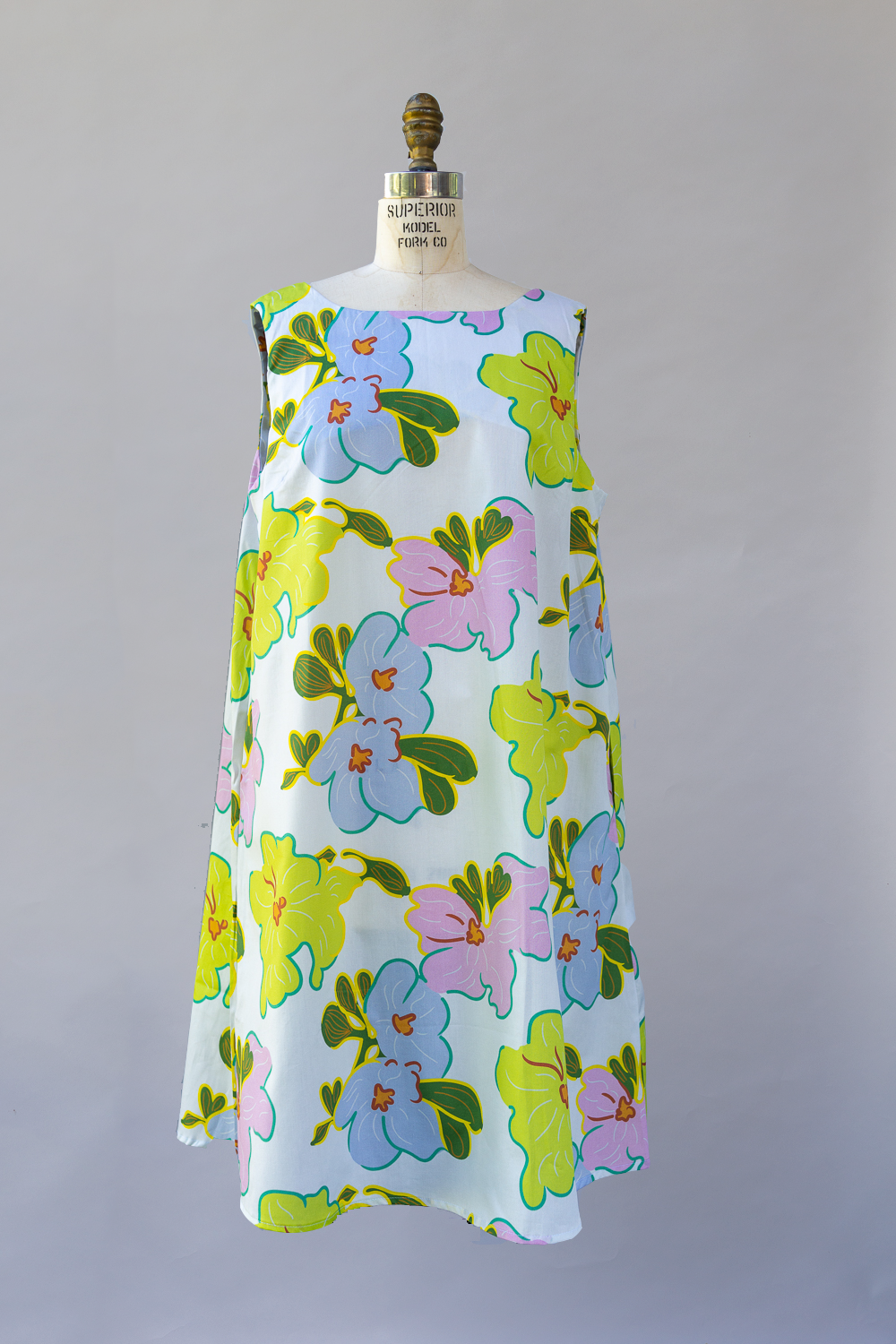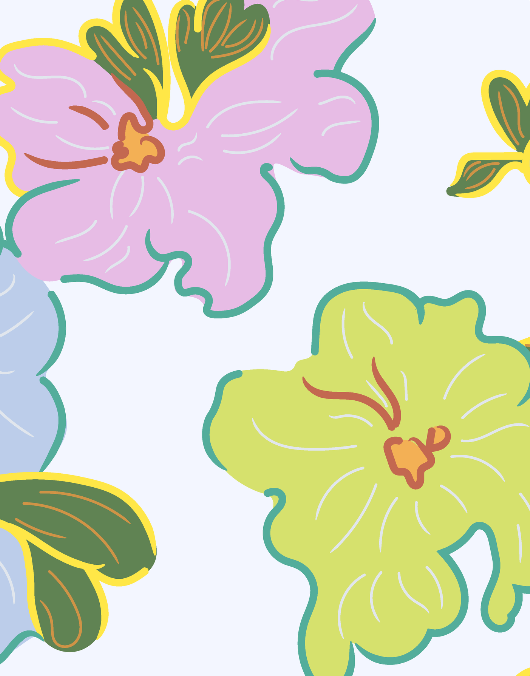Watteau Dress
Made to order, limited number available.
Based on the “fashion” Holoku, our Watteau has a modern loose body. The iconic watteau pleating down the back speaks to Hawaiian history. The back is intentionally lowered to allow for the proper wearing of a lei. Knee length. On seam pockets.
Due to the scale of the print, print placement varies on finished garments.
Print: 1961 Acid
100% cotton. Printed in Italy.
Wash gentle cold and hang dry.
Size Guide | Shipping & Returns
Made to order, limited number available.
Based on the “fashion” Holoku, our Watteau has a modern loose body. The iconic watteau pleating down the back speaks to Hawaiian history. The back is intentionally lowered to allow for the proper wearing of a lei. Knee length. On seam pockets.
Due to the scale of the print, print placement varies on finished garments.
Print: 1961 Acid
100% cotton. Printed in Italy.
Wash gentle cold and hang dry.
Size Guide | Shipping & Returns
Made to order, limited number available.
Based on the “fashion” Holoku, our Watteau has a modern loose body. The iconic watteau pleating down the back speaks to Hawaiian history. The back is intentionally lowered to allow for the proper wearing of a lei. Knee length. On seam pockets.
Due to the scale of the print, print placement varies on finished garments.
Print: 1961 Acid
100% cotton. Printed in Italy.
Wash gentle cold and hang dry.
Size Guide | Shipping & Returns
The Print
What flower is that? Ochid? Hibiscus? A floral that keeps you guessing. How far can you abstract a floral before it falls apart? If you use a classic vintage silkscreen size (29” repeat) with a very loose illustration will the print hold together? What actually creates a resonant print?
The film “Blue Hawaii” came out in 1961. It was a golden era for Aloha shirts. 1961 was developed from those vintage prints. Ours is an illustration of an illustration. A cousin twice removed.
Close up of 1961
The Watteau
There is nothing more iconic than the watteau pleating that adorns the Hawaiian Holoku form. At first you might think this pleat is some ossified detail linked to a romanticized notion of Hawai’i’s Victorian past. In actuality the pleat has a more complex and nuanced history.
Watteau pleating was adapted by Hawaiians from 1820s missionary sacque dresses. By the mid 19th century the garment had been so naturalized it was read as “a Hawaiian dress.” Since the 1893 illegal overthrow of the Hawaiian Kingdom the pleating signals a respect for “old Hawaii.” It is, in part, kept alive in the form as a subtle protest.







